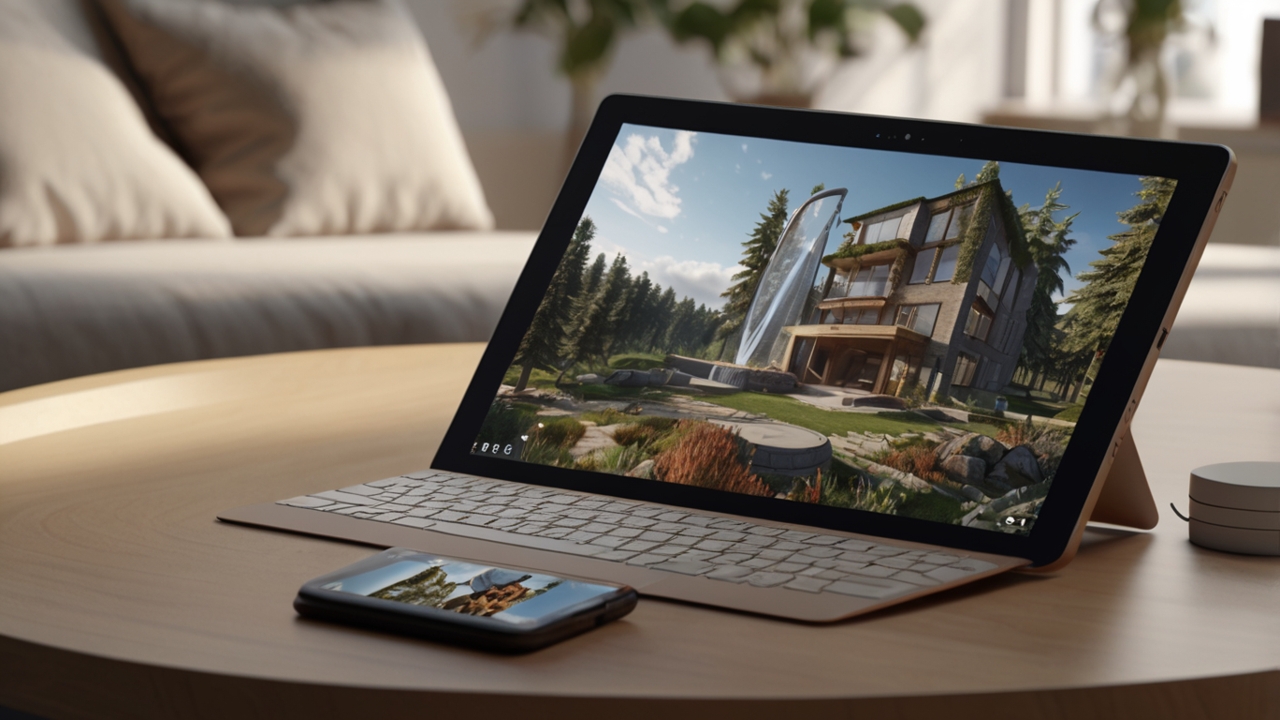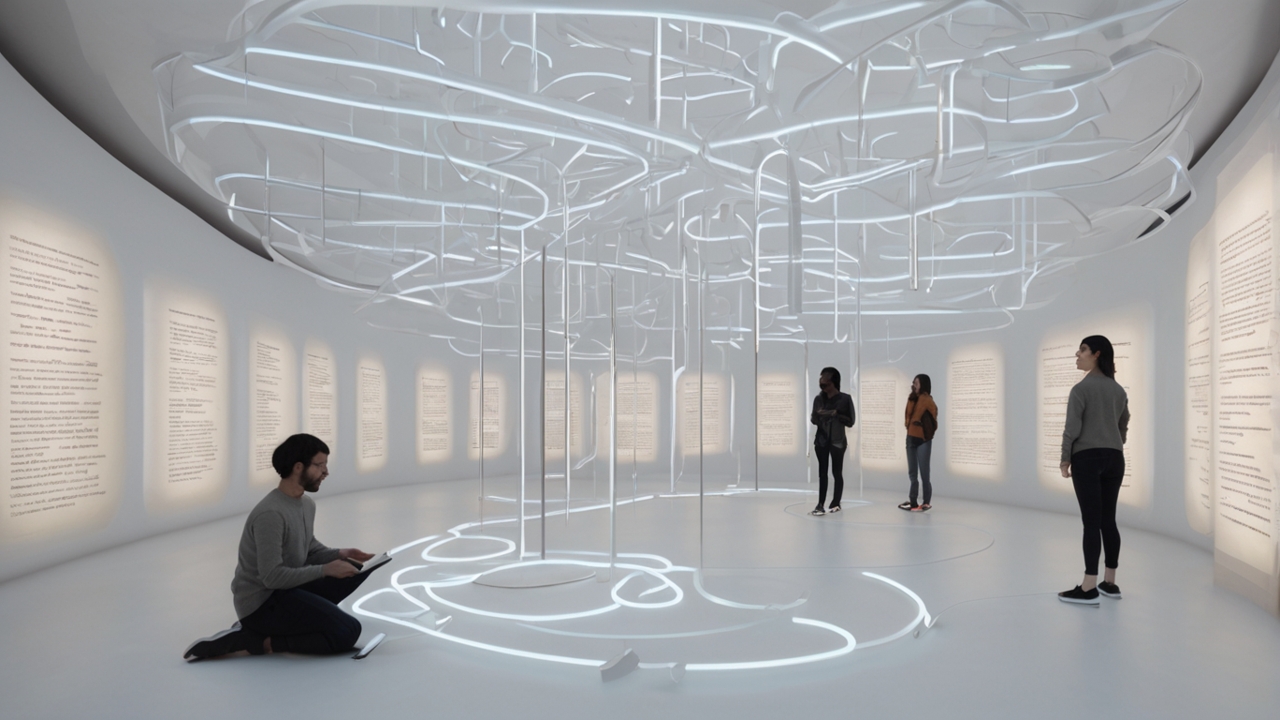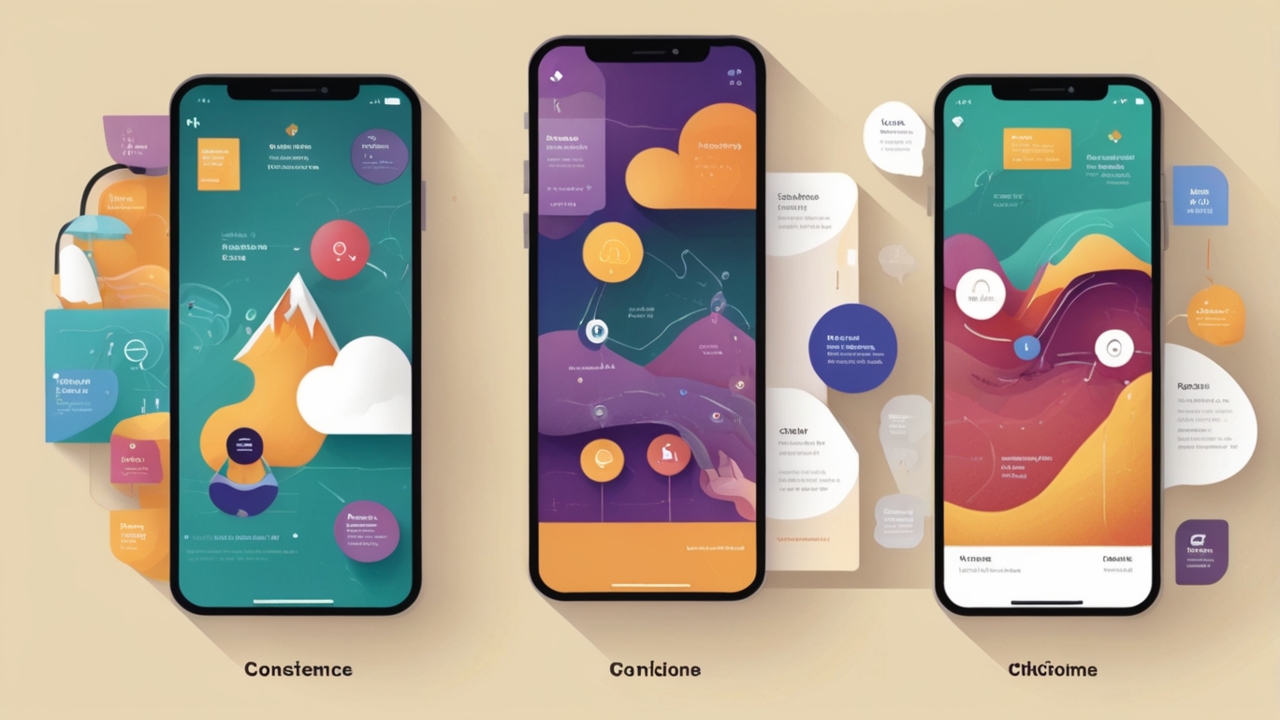Mayumiotero – In the ever-changing world of computer graphics, Photorealistic Rendering has long been the gold standard for achieving lifelike visuals. Traditionally, such rendering required powerful GPUs and large-scale computing clusters. However, with rapid advancements in edge computing, the boundaries of what is possible have shifted. We now live in an era where real-time photorealistic rendering can occur directly on edge devices from smartphones and tablets to embedded systems in vehicles and AR headsets.
This transformation is not merely technical; it represents a philosophical leap. Bringing rendering closer to the user means faster feedback, lower latency, and a more immersive experience. For artists, engineers, and developers, this democratization of visual power opens new creative frontiers that were once confined to high-end studios.
“Read also: OpenAI Empowers Developers with Customizable AI Safety Through New ‘Safeguard’ Models“
Understanding the Core of Photorealism
At its essence, photorealistic rendering aims to replicate how light interacts with real-world materials. The technology relies on physics-based simulations that trace rays of light, calculate reflections, and simulate global illumination. In the past, these processes were computationally expensive, often taking hours or days per frame.
However, breakthroughs in real-time ray tracing, neural rendering, and AI-based denoising have drastically reduced these costs. Modern edge GPUs and neural accelerators can now perform millions of light calculations per second. This means what once took hours in a rendering farm can now be achieved in milliseconds, directly on a portable device.
The Role of Edge Computing in Rendering
The rise of edge computing has revolutionized how visual data is processed. Instead of sending every frame to the cloud for computation, rendering tasks now occur locally on edge devices. This shift reduces bandwidth usage, minimizes latency, and enhances privacy essential in applications like autonomous vehicles, telemedicine, and augmented reality.
In real-time rendering, milliseconds matter. A delay of even 100ms can break immersion in AR or VR environments. Edge rendering ensures near-instantaneous visual feedback, creating a seamless experience that feels natural to the human eye. Moreover, when integrated with AI-driven optimization models, edge devices can dynamically balance visual quality and performance depending on available power or network conditions.
The Power of AI and Neural Rendering
Artificial intelligence has fundamentally redefined photorealistic rendering. Instead of simulating every photon physically, AI models can now predict how scenes should look based on learned data. Neural rendering blends machine learning, image synthesis, and traditional graphics pipelines to achieve results that are both visually stunning and computationally efficient.
Companies like NVIDIA and Apple are investing heavily in neural rendering pipelines that combine GPU acceleration with AI inference on edge chips. These innovations allow for real-time global illumination, dynamic shadows, and material accuracy on mobile hardware. Essentially, AI bridges the gap between physical realism and computational feasibility a balance once thought impossible.
Applications Beyond Entertainment
While gaming and digital art remain the most visible beneficiaries of photorealistic rendering, the technology’s potential reaches far beyond entertainment. In automotive design, engineers use real-time rendering on in-car displays to simulate road conditions and lighting environments. In medical imaging, it helps doctors visualize 3D anatomy with unprecedented accuracy on handheld devices.
Moreover, industries like e-commerce and architecture rely on edge rendering to deliver instant visual previews of products or buildings. Imagine configuring furniture in your living room or previewing sunlight angles in a virtual building all in real time, without needing a high-end workstation.
“Read also: Huawei Launches CloudMatrix 384 AI Chip Cluster to Challenge Nvidia’s Dominance“
Challenges in Achieving Real-Time Quality
Despite these advances, achieving perfect photorealism on edge devices remains complex. Edge processors must balance power efficiency, thermal limits, and rendering precision simultaneously. High-resolution textures and detailed lighting models can still strain limited hardware.
Developers must therefore adopt hybrid rendering techniques, combining rasterization for speed and selective ray tracing for realism. Edge-specific APIs like Vulkan, Metal, and DirectX 12 Ultimate help optimize performance while maintaining high fidelity. Additionally, smart caching, temporal upscaling, and AI-driven super-resolution allow devices to render high-quality scenes at lower native resolutions.
The Future of Visual Computing on the Edge
Looking ahead, the convergence of 5G, AI acceleration, and next-generation GPUs will redefine how we experience visuals. The next wave of edge devices will feature custom silicon optimized for real-time photorealistic rendering, making cinematic-quality visuals accessible to everyone.
Imagine AR glasses that render hyperreal overlays instantly, or drones that process environmental lighting in real time for accurate 3D mapping. The line between virtual and physical reality will continue to blur, powered by faster computation and smarter rendering algorithms. In this vision, edge devices don’t just display content they create immersive realities dynamically.
The Democratization of Visual Power
As someone deeply fascinated by the evolution of rendering technology, I see this shift as the true democratization of digital creativity. For decades, realism in visuals was restricted by hardware limitations. Today, artists can achieve cinematic-quality work from the palm of their hands.
Photorealistic rendering on edge devices is more than a technical achievement it’s a cultural milestone. It empowers creators everywhere, reduces technological inequality, and opens new storytelling possibilities. The question is no longer “Can we make it real?” but rather “How real do we want it to be?”



